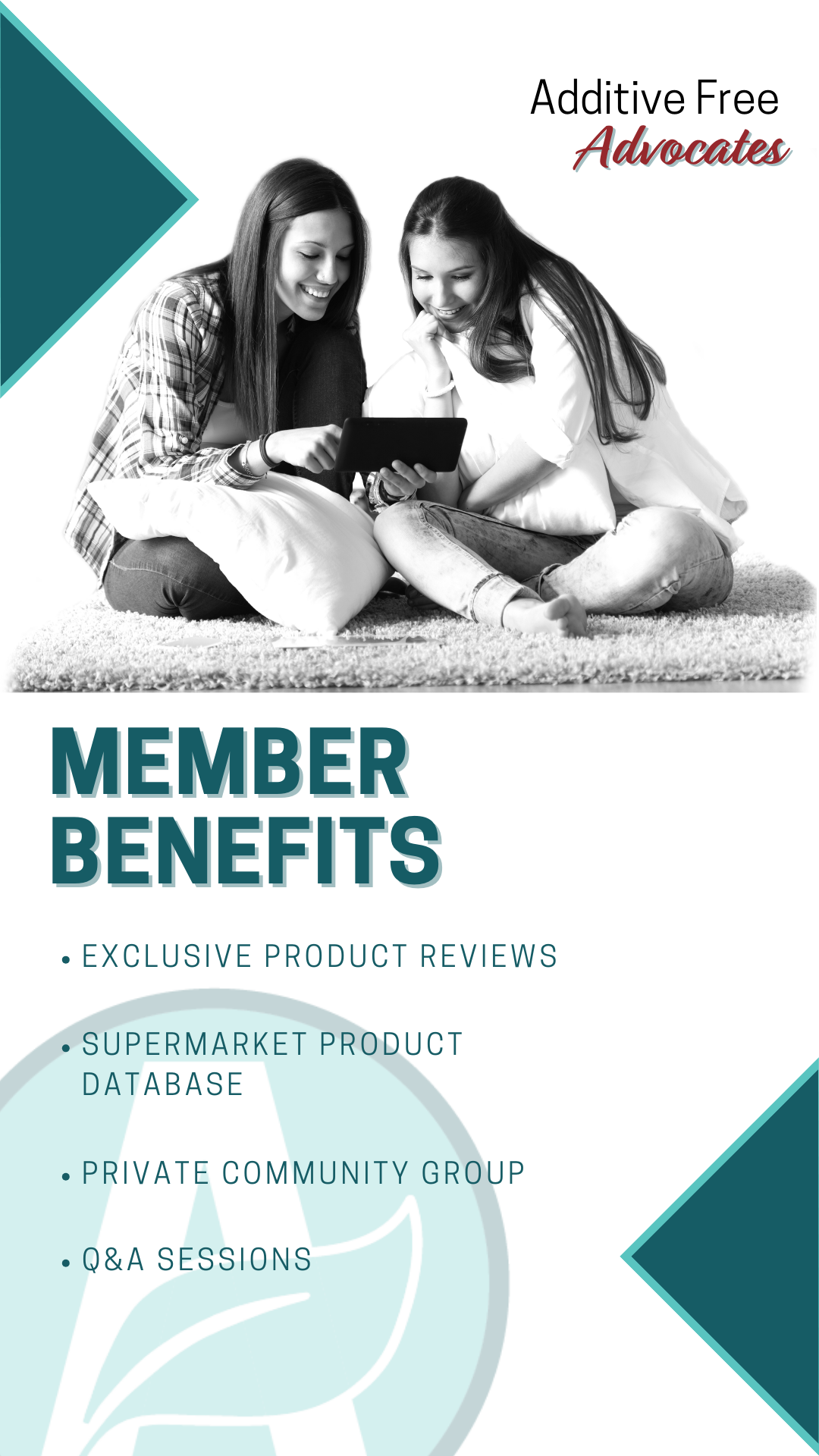Ski Di’Lite is it practically perfect?
I recently reviewed the new ‘all natural’ Browne’s yoghurt range which was created by a team of real mums for mums. I commended Browne’s for creating a few products that I could recommend to our Additive Free Kids community, but not all of them. Good steps were made in the right direction.
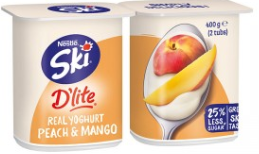
How does the Ski Di’Lite relaunch stack up from an additive perspective?
Are Mum’s doing the right thing for their children buying these products? Let’s have a look!
FLAVOURS
Most of these Ski Di’Lite yoghurts contained flavours.
Currently, as our legislation stands, additives used within flavours do not need to be disclosed unless they are in the 6 series of numbers ie 621 etc.
Often the composition of these flavours are too complex to be added to an ingredients label, and we have no idea what is included in this ingredient.
CITRIC ACID
Most of these flavoured yoghurts contain citric acid.
Citric acid is made from the fermentation of molasses or from corn.
Citric acid often contains or produces processed free glutamic acid.
This processed free glutamic acid can produce the same symptoms as MSG for those that are sensitive.
If your child is sensitive to MSG I always recommend to my clients to AVOID citric acid.
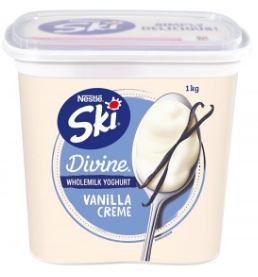
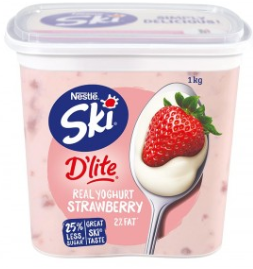
COLOURS
It was refreshing to see that only two of these yoghurts reviewed contained colours. The strawberry yoghurt contains:
Colour 120 – Cochineal
This colour is derived from the cochineal, a species of insect found mainly in Peru and the Canary Islands. The insects are sun-dried and crushed and then submerged in an acidic alcohol solution to produce the pigment that eventually results in the cochineal colour.
Caution is advised for this additive as the potential effects can include asthma, hyperactivity, contact dermatitis, rashes or hives. So whilst this is a naturally occurring colour, its not something I would like in my yoghurt.
Colour 160b – Annatto
The colour annatto is derived from a plant. This colour is often found in drinks, ice-cream and diary products. Even though this is a naturally derived colour, this particular additive can cause behavioural problems, hyperactivity, sleep issues, rashes, eczema, hives. Again, not something I would like added into my yoghurt.
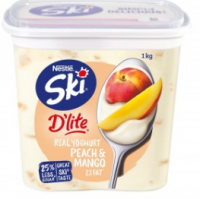
OTHER ADDITIVES
Most of these yoghurts also contain firming agents and thickeners also. Whilst most of these additional additives are safe (or caution advised) the consumer needs to question why have they been used.
- Firming agent additives are added to a product to give it a stronger structure.
- Thickeners as its name would suggest are added to thicken up a product.
Why is it that some yoghurts don’t require any of these additives?
Surely the consumer must question whether the quality of ingredients used differs.
Some yoghurts are made using inferior ingredients that need to have firming agents, thickeners, flavours, colour added to make it appear thick and creamy like those yoghurts that use better quality ingredients.
Why do they do this?
Maybe because the product is cheaper to manufacture and great profit margins can be achieved?
Does this constitute real yoghurt?
Are you doing the right thing for your kid by buying this product or is there a better alternative available?
Ski Di’Lite is it practically perfect? Not in my opinion.
Come and join the Additive Free Kids community list and receive all the latest news, product reviews, giveaways and more delivered straight to your inbox.

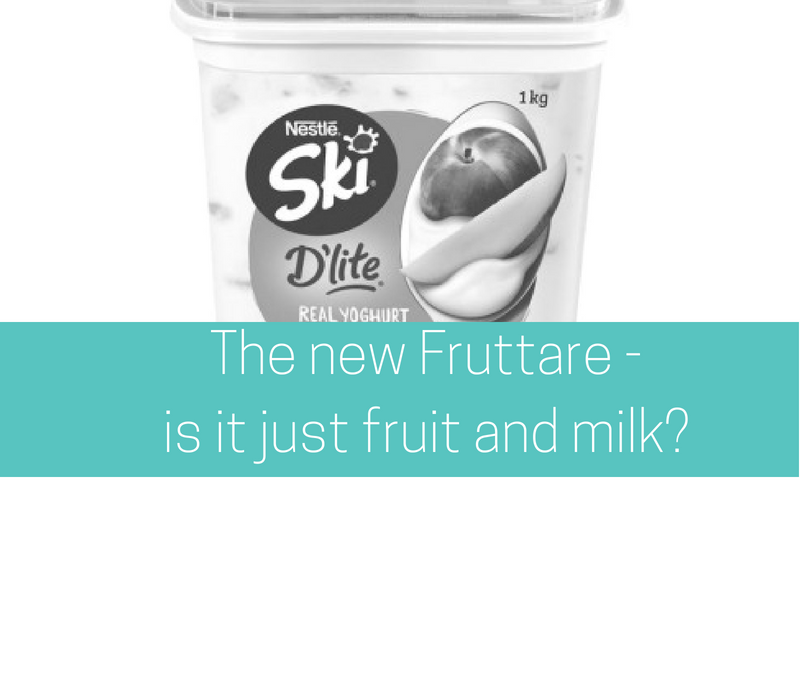
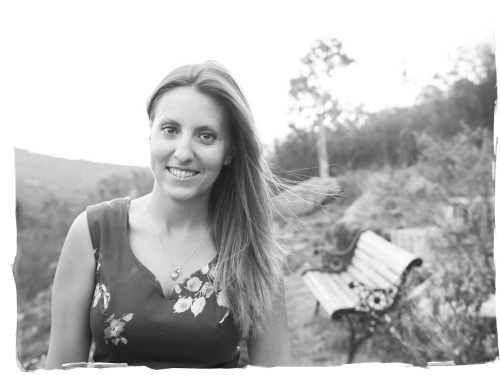 My passion and mission is to work with families to reduce the overwhelm when going additive free. Moving to additive free living can bring back peace, calm and joy to families. I know it's possible and I've experienced it first hand with my 5 boys.
My passion and mission is to work with families to reduce the overwhelm when going additive free. Moving to additive free living can bring back peace, calm and joy to families. I know it's possible and I've experienced it first hand with my 5 boys.

